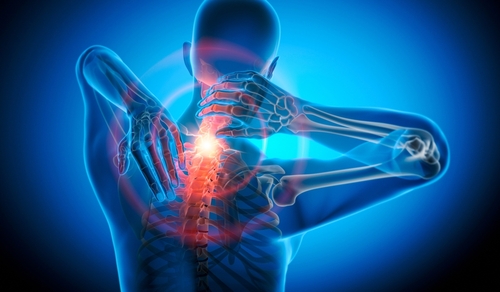If you’re a regular runner, you know the benefits of chiropractic treatments. Getting your back and body properly aligned can relieve a number of the chronic aches and pains you might suffer and even help you get back on track faster following an injury.
Chiropractors know that a lot of the issues they’re asked to solve come from the exercise programs and activities that we use to help keep us fit and healthy. They understand the mechanics of what we do and what happens during our activities that result in the aches and pains.
As reported on Bicycle.com, Runner’s World talked to two chiropractors who specialize in runners and running injuries and here’s what they said they wished runners would stop doing.
1. Don’t Buy Shoes for Looks or Price
If you think about it, it’s fairly simple. Your shoes are they only thing between your body and the impact it makes on the road. If there is a problem there, it could manifest itself anywhere in your body.
Not only can the wrong-sized shoes lead to a number of different injuries, simply changing the type of shoes you use, without giving your body time to adjust to the structure of the new shoe, can mean a visit to the chiropractor. So even if you get a great deal on a top quality shoe, it can cause problems.
Ian Nurse, DC, recommends that you visit a running specialty store and get a gait analysis. “The whole biomechanics starts in your foot,” Nurse said. “We all have different foot strikes. If it hits the ground in a certain way, the shoe has to support that.” Once you find the range of shoes that work best for your gait and mechanics, you can then choose the shoe that feels best.
2. Stop Doing Static Stretches to Warm-Up
In a nutshell, static stretches don’t warm you up properly. Holding a stretch for longer than 10 seconds can affect the power of muscles before a run.
The Runner’s World article cites a study showing that static stretching before a 3K run had runners starting their run slower and feeling that they needed more effort.
In contrast, dynamic stretches, like lunges and squats, not only limber-up your muscles, but they get them firing in a way that supports running or activity. You can see noticeable benefits form just five to ten minutes of dynamic stretching.
3. Don’t ‘Power Through It’
Sure you get aches, pains and twinges all the time and the majority of them go away. So when one sticks around a little longer, you just go with it, because it’ll go away too, right? Not necessarily.
Minor pains and sensations are still the sign of a problem. Yes they’ll go away, usually through the body healing itself between your workouts. But anything that lasts from one workout to another, gets worse while you’re running, or recurs regularly, deserves more attention for two reasons.
First, the pain is a sign of a problem. If it’s ongoing, the problem is ongoing. Continuing to ‘run through it’ can make it a worse problem.
Second, the issue might be the result of something you’re not doing properly. A visit to the chiropractor will not only relieve the pain, but also help you correct the mechanics that cause it. The bonus here is that, once an underlying problem is corrected, it opens up the potential for you to permanently improve your performance.
In a way, your chiropractor is like a coach and trainer rolled into one. Not only will they address physical issues that can slow you down, but they can tell you how to get more out or your running program.





